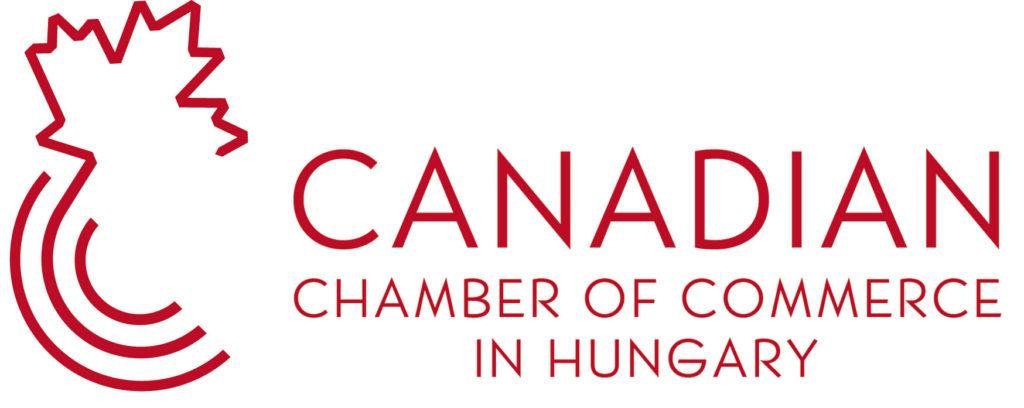Canada’s economic landscape in mid-2025 is marked by internal trade inefficiencies and external pressures, notably from US trade policies. These factors are influencing monetary policy decisions and have implications for international partners, including Hungary.
Interprovincial Trade Barriers: A Hidden Economic Hurdle
Canada’s internal trade barriers, particularly affecting Atlantic provinces, have come under scrutiny for their harmful impact on economic growth. Estimates suggest these barriers equate to a 21% tariff on goods and services, significantly hindering the free flow of commerce within the country.
In response, the federal government has initiated efforts to dismantle these internal barriers. Recent commitments include the removal of 20 federal exceptions to the Canadian Free Trade Agreement (CFTA) and a push for harmonizing regulations across provinces to facilitate smoother interprovincial trade.
Economic Indicators and Monetary Policy Uncertainty
Canada’s economy expanded at an annualized rate of 2.2% in the first quarter of 2025, surpassing expectations due to a surge in exports ahead of anticipated US tariffs. However, domestic demand remained weak, with household spending and final domestic demand showing signs of stagnation.
Bank of Canada Governor Tiff Macklem has cautioned that continued uncertainty surrounding US trade policies could further dampen economic growth in subsequent quarters. The central bank’s recent Financial Stability Report emphasizes the heightened risks to Canada’s financial system posed by prolonged trade tensions, which could lead to increased credit losses and reduced lending capacity among banks.
Implications for Hungarian-Canadian Economic Relations
For Hungarian businesses engaged with Canadian markets, these developments underscore the importance of understanding Canada’s internal trade dynamics and external economic challenges. The ongoing efforts to reduce interprovincial trade barriers may open new opportunities for investment and collaboration, particularly in sectors like renewable energy and manufacturing.
However, the uncertainty in Canada’s monetary policy and potential economic slowdown necessitate cautious financial planning and market analysis for Hungarian enterprises operating in or with Canada.
Conclusion
Canada stands at a critical juncture, with internal trade reforms and external economic pressures shaping its future trajectory. Addressing interprovincial trade barriers and navigating monetary policy challenges will be pivotal in enhancing national productivity and ensuring economic stability. Stakeholders, including international partners like Hungary, must stay informed and adaptable to these evolving circumstances.
For the latest updates and insights on Canadian-Hungarian economic relations and merely Canadian economic news, follow the Canadian Chamber of Commerce in Hungary accross our platforms.
Written for the Canadian Chamber of Commerce in Hungary News Section as part of our ongoing coverage of developments affecting Canadian trade, economy and international partnerships, June 2025





